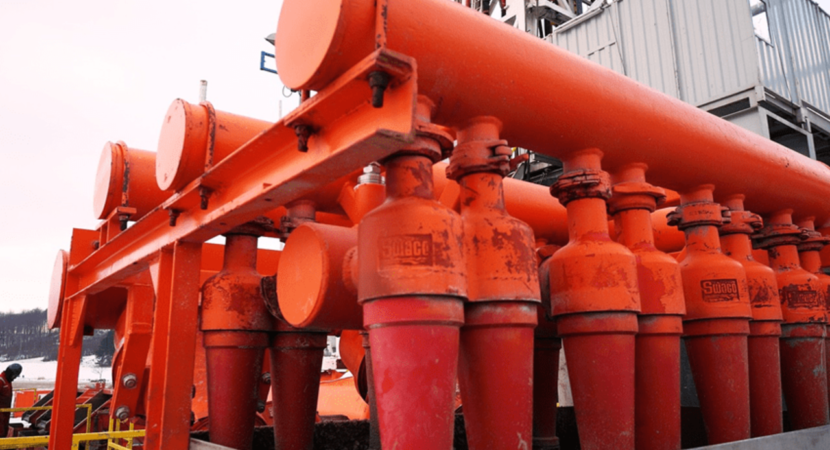
Thinking about the economy of the population and clean energy, Eneva has invested heavily in the natural gas market in the Brazilian interior
With an increase of 5,5 billion m³ in confirmed reserves with clean energy, Eneva maps large customers in the North and Northeast regions with regard to natural gas. After completing the restructuring of its energy area, in 2020, Eneva bets that 2021 will be the year of natural gas. The company wants to explore the opportunities generated by the opening of the market, selling the product to free consumers. And Eneva has gas for that.
Read also
More than 5 billion natural gas reserves confirmed by Eneva
As of the confirmation of an increase of 5,5 billion m³ in the proven reserves of the company Eneva, the priority is to commercialize its own production in the fields of Azulão, in Amazonas; and the Parnaiba Basin, in Maranhão and always keeping the economy and clean energy as a priority.
According to Camila Schoti, general manager of Commercialization at Eneva, the company has been mapping business opportunities with large customers in the North and Northeast regions of the country, to take advantage of the logistical advantage, due to the proximity to the company's gas assets.
She explains that there is great interest in the free gas market, both in the thermal and non-thermal segments. “Customers connected to gas pipelines want other suppliers, and those who are isolated want an alternative that makes their processes more competitive”, she summarizes.
“There is an opportunity to replace liquid fuels such as diesel and fuel oil with natural gas, with a strong economic, social and environmental impact”.
New Strategies for the Inlandization of Natural Gas in Brazil
Brazil already stands out as a major producer of natural gas, with volumes of 130 million cubic meters per day (mm m3/d). Part of this production is reinjected into the wells to increase oil production, part is consumed in production itself and part is still burned on platforms and finally invested in clean energy.
The net volume available for sale is around 83 mm m3/d (EPE, PDE 2029). There are still some losses in gas processing, but national production is also added to imports via gas pipelines or ships, with the gas being transported in a liquid state (Liquefied Natural Gas, or LNG), conditioned at -160 degrees centigrade.
The national gas pipeline network connects capitals and coastal cities from Ceará to Rio Grande do Sul, in a North-South direction (with a branch going from Rio de Janeiro to Minas Gerais) and the State of Mato Grosso do Sul to São Paulo, in the West-East. The network also includes small stretches in Mato Grosso and Amazonas.













...if the plates work...
Good news
And what would be the disadvantages in relation to…
I have had a Corolla Cross since Dec/2021. Technologically…
The discovery of this new ore world in…
Congratulations, but I don't want to......
But of course I would buy it! Without any…
Yaris sedan 2019. Walking in the slipper between…